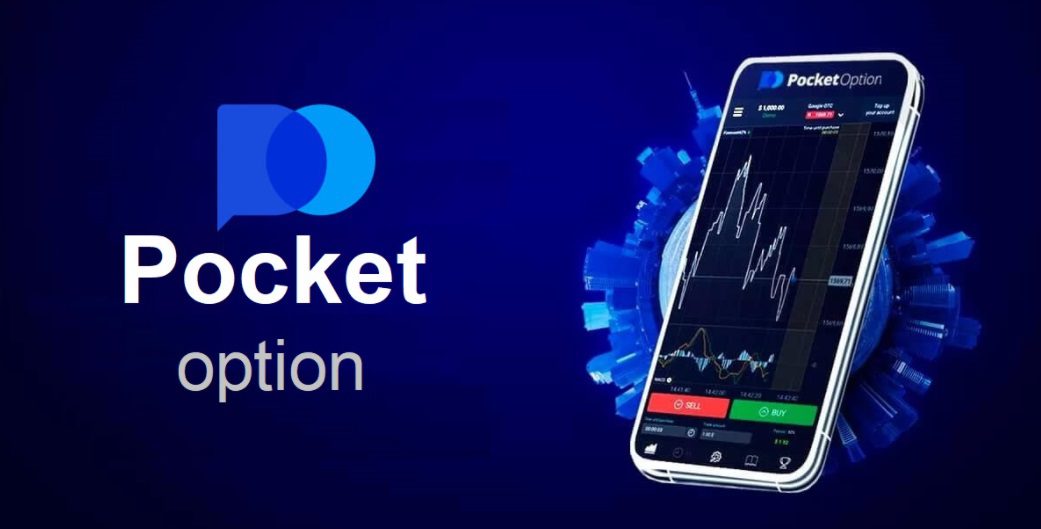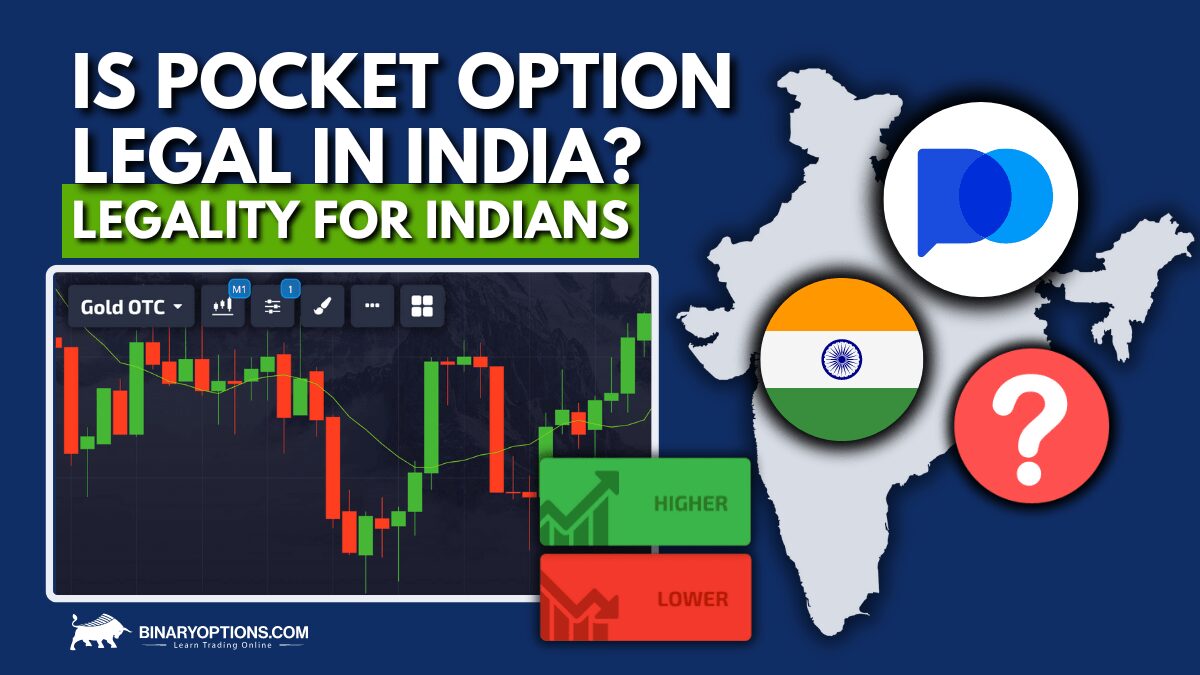
Understanding Fees Pocket Option: Your Guide to Trading Costs
If you are considering trading on the Pocket Option platform, it’s essential to understand the associated fees to make informed decisions. Pocket Option is a popular online trading platform that enables users to trade various assets. This platform is appealing to many due to its user-friendly interface and extensive range of trading options. However, like any trading service, it comes with its set of fees. To get a clearer picture of what to expect, you can visit Fees Pocket Option https://pocket-option-in.com/fees/, where you’ll find detailed information about their fee structure.
Types of Fees on Pocket Option
When using Pocket Option, traders should be aware of the following types of fees:
1. Deposit Fees
Some trading platforms impose fees for deposits, but Pocket Option has made this process easy and cost-effective. Depending on the payment method chosen, there are generally no deposit fees. This is a significant advantage for traders who want to maximize their trading capital from the start.
2. Withdrawal Fees
While depositing funds may be free, withdrawals often come with their own set of charges. Pocket Option outlines specific fees for different payment methods when withdrawing funds. It’s crucial for traders to familiarize themselves with these fees to avoid surprises when cashing out their profits. Additionally, withdrawal times vary based on the method used, which is another vital aspect to consider.
3. Trading Fees
Unlike traditional brokers, Pocket Option generally does not charge commission fees on trades. Instead, they earn money through differences in bid-ask spreads. This means that the cost of trading is built into the price of your assets, making it crucial for traders to be aware of how spreads can affect their overall profitability.
Understanding Spread and Its Impact
The bid-ask spread is an integral factor that traders should pay attention to. The spread can vary based on market conditions, asset being traded, and liquidity. A narrower spread generally means lower costs for traders, while a wider spread can increase trading costs. While Pocket Option’s focus is on maximizing user experience, understanding how spreads work can help traders minimize costs.
Fees and Trading Strategies
Understanding the fee structure and trading costs on Pocket Option can help you develop better trading strategies. Traders should factor in these costs when calculating potential profits and losses from trades. For instance:

1. Scalping Strategies
For traders adopting scalping strategies—where positions are held for very short durations—it becomes essential to account for fees. Since scalping typically involves executing many trades with small profit margins, knowing trading fees and spreads can significantly impact the overall profitability.
2. Long-Term Trading
Long-term traders may be less concerned with small trading fees but should still consider withdrawal fees when cashing out profits. It’s essential to calculate the total costs over time to ensure that trading remains advantageous in the long run.
3. Arbitrage Opportunities
Some traders may look for arbitrage opportunities—taking advantage of price discrepancies across different markets. However, it’s important to be aware that transaction costs can eat into potential profits, making it essential to understand Pocket Option’s fee structure before engaging in such strategies.
How to Minimize Fees
To keep trading costs down, consider the following tips:
1. Choose the Right Payment Method
Different payment methods come with varying processing times and fees. Choose the method that provides cost-effective deposits and withdrawals, which can enhance your trading experience.
2. Trade with Low Spreads
Focus on trading assets that typically offer lower spreads. This approach can reduce the costs associated with opening and closing positions, thus improving overall profitability.
3. Plan Your Withdrawals
Avoid frequent withdrawals, as this can accumulate fees. Instead, consider consolidating your profits and planning withdrawals strategically to minimize costs.
Conclusion
In conclusion, understanding the fees associated with trading on the Pocket Option platform is crucial for maximizing your trading experience. Being aware of deposit, withdrawal, and trading fees, as well as the impact of spreads and other costs, can help you make more informed trading decisions. By planning your trades and carefully selecting your payment methods, you can effectively manage and reduce your trading costs. Equip yourself with the right knowledge and strategies, and you’ll be well on your way to successful trading on Pocket Option.

